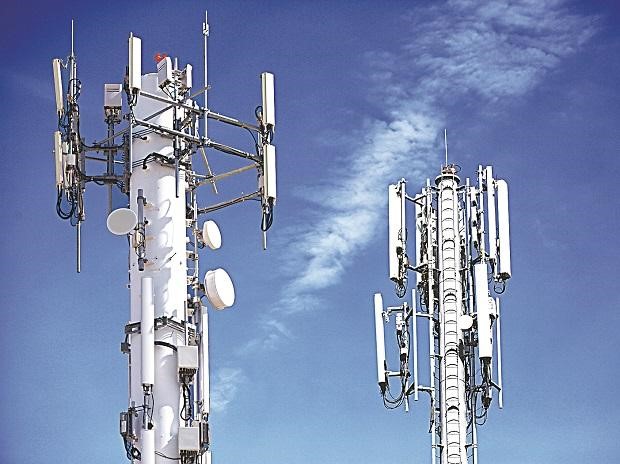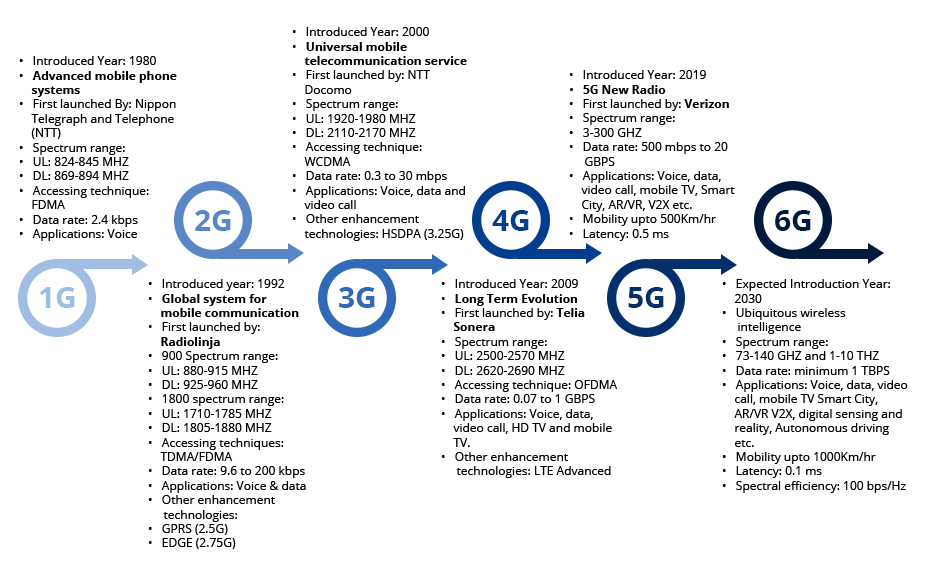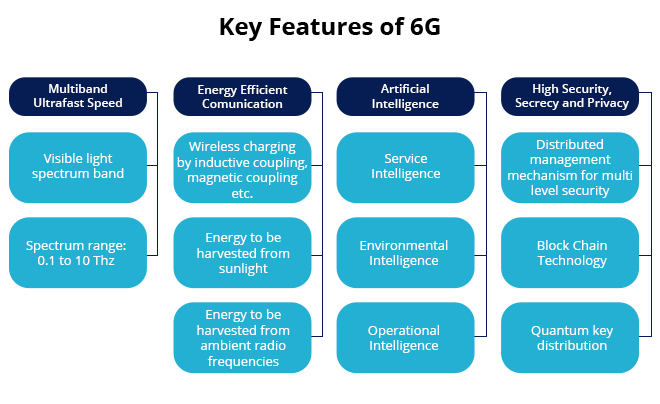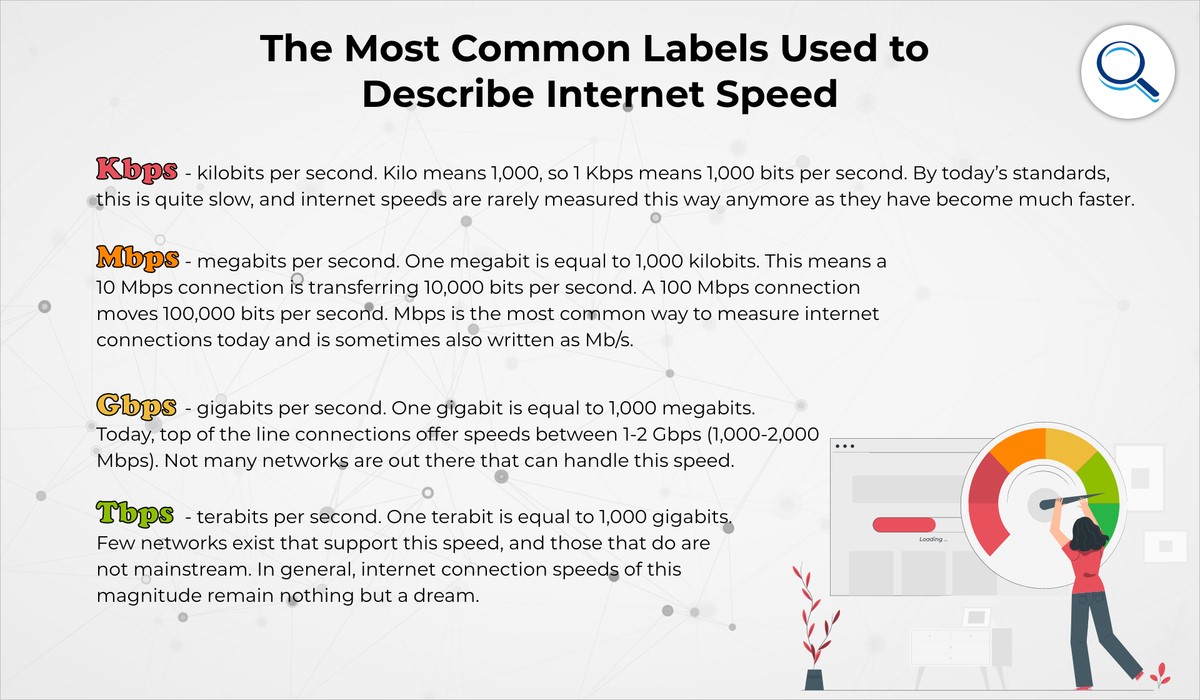Free Courses Sale ends Soon, Get It Now


Free Courses Sale ends Soon, Get It Now



Disclaimer: Copyright infringement not intended.
Context
Must Read Article: https://www.iasgyan.in/blogs/the-evolution-of-5g-technology

What is 6G?
Latency is the time it takes for data to pass from one point on a network to another.
Must Read Article on AR and VR: https://www.iasgyan.in/blogs/augmented-and-virtual-reality
How is 6G different from 5G?

Why is 6G necessary?
Read about 4th Industrial Revolution: https://www.iasgyan.in/daily-current-affairs/industry-40
What will change with 6G?
How is India planning to develop and launch 6G?
How much money has been set aside for the development of 6G?
Is there any caution?
Which other countries are focussing on the 6G network?

|
MAINS PRACTICE QUESTION Q. 6G is not simply an incremental upgrade of wireless, the cloud, or the Internet but the fusion of all of these for the re-imagination of a fully automated life that is built on planet-scale automation. How is India planning to develop and launch 6G? What are the key features of 6G technology? Discuss. Shed light on the challenges associated with Technology. |
© 2024 iasgyan. All right reserved